- All Flags
- Flags of Countries by Continent
-
Flags of Organizations
- Flags of UN countries
- Flags of the European Union countries
- Flags of NATO countries
- Flags of the countries of the Organization of Islamic Cooperation
- Flags of the countries of the Organization of American States
- Flags of the Arab League countries
- Flags of the African Union countries
- Flags of the countries of the Union of South American Nations
- Flags of the Commonwealth of Nations
- Flags of the countries of the Secretariat of the Pacific Community
- Flags of the Nordic Council countries
- Flags of the Caribbean Community
- Flags of the countries of the Association of Southeast Asian Nations
- Flags of the East African Community
- Flags of the countries of the Organization of Turkic States
- LGBT Community Flags
- Historical Flags
- Ethnic Flags
- Flags of the USA (states)
Flag of Bulgaria
The flag of Bulgaria is a proud and instantly recognizable national symbol, embodying the country's rich history, enduring spirit, and aspirations for the future. Consisting of three horizontal stripes of white, green, and red, it represents the Bulgarian people's struggles for independence, their connection to the land, and the sacrifices made for..
Flag of Burkina Faso
The national flag of Burkina Faso is a powerful and evocative symbol, deeply intertwined with the country's transformative history and its aspirations for freedom, justice, and development. Adopted on August 4, 1984, a year after the revolution that brought Thomas Sankara to power and renamed the country from Upper Volta to Burkina Faso (meaning "L..
Flag of Burundi
The national flag of Burundi is a striking and deeply symbolic emblem, a vibrant testament to the nation's independence, its historical struggles, and its aspirations for unity, peace, and progress. Adopted on June 28, 1967, nearly five years after gaining full independence from Belgium on July 1, 1962, it replaced the country's monarchical flag, s..
Flag of Cambodia
The national flag of Cambodia is a powerful and evocative symbol, deeply rooted in the nation's ancient history, rich culture, and enduring spirit. Unlike many flags, it prominently features a central architectural masterpiece, Angkor Wat, directly linking the modern state to its glorious past and symbolizing the profound connection between the peo..
Flag of Canada
The national flag of Canada, affectionately known as the "Maple Leaf Flag," is a globally recognized symbol of a modern, peaceful, and multicultural nation. Its clean, bold design and simple color scheme make it instantly identifiable and a source of immense pride for Canadians. Adopted in 1965, the flag represents a definitive break from colonial ..
Flag of Cape Verde
The national flag of the Republic of Cabo Verde (Cape Verde) is a striking and profoundly symbolic representation of the island nation's unique identity, its journey to independence, and its enduring aspirations. Adopted on September 25, 1992, it replaced an older flag that more closely mirrored the colors and symbolism of Guinea-Bissau, reflecting..
Flag of Chad
The national flag of Chad is a beacon of its identity, a vibrant symbol reflecting the nation's diverse geography, its rich aspirations, and the historical journey towards self-determination. Adopted on November 6, 1959, while Chad was still an autonomous republic within the French Community, the flag's design remained unchanged upon achieving full..
Flag of Chile
The flag of Chile is a powerful symbol that embodies the country's history, geography, and national spirit. Its concise yet expressive design was officially adopted in 1817 and has witnessed all the key events in Chile's history of independence. Each element of the flag carries a deep meaning, reflecting the country's natural beauty, its values, an..
Flag of China
The national flag of the People's Republic of China (PRC) is a potent emblem, deeply imbued with the political ideology and revolutionary history that shaped modern China. Known as the "Five-star Red Flag" (WuxingHongqi in Mandarin), it stands as a testament to the nation's journey from turmoil to its current global prominence. More than just a nat..
Flag of Colombia
The flag of Colombia is a vibrant and proud symbol that embodies the nation's rich history and values. Its design, consisting of three horizontal stripes—yellow, blue, and red—is a direct legacy of Gran Colombia, the state that once united modern-day Colombia, Venezuela, Ecuador, and Panama. Adopted in its current form in 1861, the Colo..
Flag of Comoros
The national flag of the Union of the Comoros is a striking and deeply symbolic emblem that encapsulates the nation's rich history, its Islamic faith, its four main islands, and its aspirations for unity and prosperity. Adopted on January 7, 2002, this flag is the most recent in a series of designs that have evolved since the archipelago gained ind..
Flag of Costa Rica
The national flag of Costa Rica is a beautiful and inspiring symbol that embodies the nation’s core values of peace, democracy, and prosperity. Its design, which stands out among Central American flags, tells a powerful story of independence and a deep connection to its natural environment. Adopted in its current form in 1848, the flag is a s..
Flag of Croatia
The national flag of Croatia is a profound and instantly recognizable symbol of the nation's independence, rich history, and enduring spirit. Adopted on December 21, 1990, in the lead-up to Croatia's declaration of independence from Yugoslavia, and formally recognized as the flag of the independent Republic of Croatia on June 25, 1991, it embodies ..
Flag of Cuba
The national flag of Cuba is a powerful and evocative symbol, steeped in the nation's history of struggle, revolution, and enduring independence. Known as the "La Estrella Solitaria" (The Lone Star), its design is a masterful blend of simple geometry and profound symbolism that tells the story of a people's fight for freedom and their aspirations f..
Flag of Cyprus
The national flag of the Republic of Cyprus is a unique and highly symbolic emblem, designed to represent a unified and peaceful island nation. Adopted in 1960, the year of its independence from British rule, the flag embodies the aspirations for harmony between its Greek Cypriot and Turkish Cypriot communities, a hope that, sadly, has remained lar..
Flag of Denmark
The national flag of Denmark, universally known as the Dannebrog, is not just a national symbol but a venerable artifact, holding the distinction of being the oldest continuously used national flag in the world. Its striking design features a white Nordic cross on a red field, a powerful emblem that has inspired the flags of numerous other Nordic c..
Flag of Djibouti
The national flag of Djibouti is a striking and meaningful symbol that encapsulates the nation's journey towards independence, its rich cultural tapestry, and its aspirations for unity and peace. Adopted on June 27, 1977, the day the country gained independence from France, the flag is a powerful visual representation of the Republic of Djibouti's ..
Flag of Dominica
The national flag of Dominica is a vibrant and distinct symbol, celebrated for its complex design and rich symbolism. It stands out among Caribbean flags, not only for its use of multiple colors but also for its central emblem: the Sisserou parrot, a species endemic to the island. Adopted in 1978 upon gaining independence, the flag represents the n..
Flag of East Timor
The national flag of East Timor, officially known as Timor-Leste, is a vibrant and deeply symbolic representation of the nation's arduous journey to independence, its enduring struggle, and its aspirations for a democratic and prosperous future. Adopted on May 20, 2002, upon the restoration of its independence, the flag encapsulates a history marke..
Flag of Ecuador
The national flag of Ecuador is a vibrant and proud symbol that embodies the country's rich history, natural diversity, and struggle for independence. Its design is closely linked to the history of Gran Colombia, which explains its resemblance to the flags of Colombia and Venezuela. This flag is a visual embodiment of the national spirit, reflectin..
Flag of Egypt
The national flag of Egypt is a powerful and evocative symbol that embodies the nation's rich history, its revolutionary spirit, and its enduring aspirations for unity, freedom, and justice. Adopted on October 4, 1984, the current design reflects a culmination of centuries of cultural evolution and a modern reinterpretation of deep-rooted historica..
Flag of El Salvador
The national flag of El Salvador is a powerful emblem of a nation's history, aspirations, and deep-seated identity. Its design is both simple and profoundly symbolic, telling the story of a country with strong ties to its Central American heritage, a commitment to peace, and a vision for the future. The flag, with its distinctive blue and white str..
Flag of Equatorial Guinea
The national flag of Equatorial Guinea is a vivid emblem, rich in color and symbolism, reflecting the nation's journey to independence, its natural wealth, and its core aspirations for its people. Adopted on October 12, 1968, the day of its independence from Spain, the flag has undergone a brief but significant alteration during a period of dictato..
Flag of Eritrea
The national flag of Eritrea is a powerful and evocative emblem, meticulously designed to encapsulate the nation's arduous journey to independence, its enduring spirit, and its aspirations for peace and prosperity. Officially adopted on December 5, 1995, this flag is a vibrant tapestry woven from the sacrifices of a thirty-year struggle and the hop..
Flag of Estonia
The national flag of Estonia, known affectionately by Estonians as "Sinimustvalge" (blue-black-white), is a powerful and evocative symbol of the nation's identity, history, and aspirations. Its seemingly simple design, consisting of three horizontal stripes of equal width – blue at the top, black in the middle, and white at the bottom –..

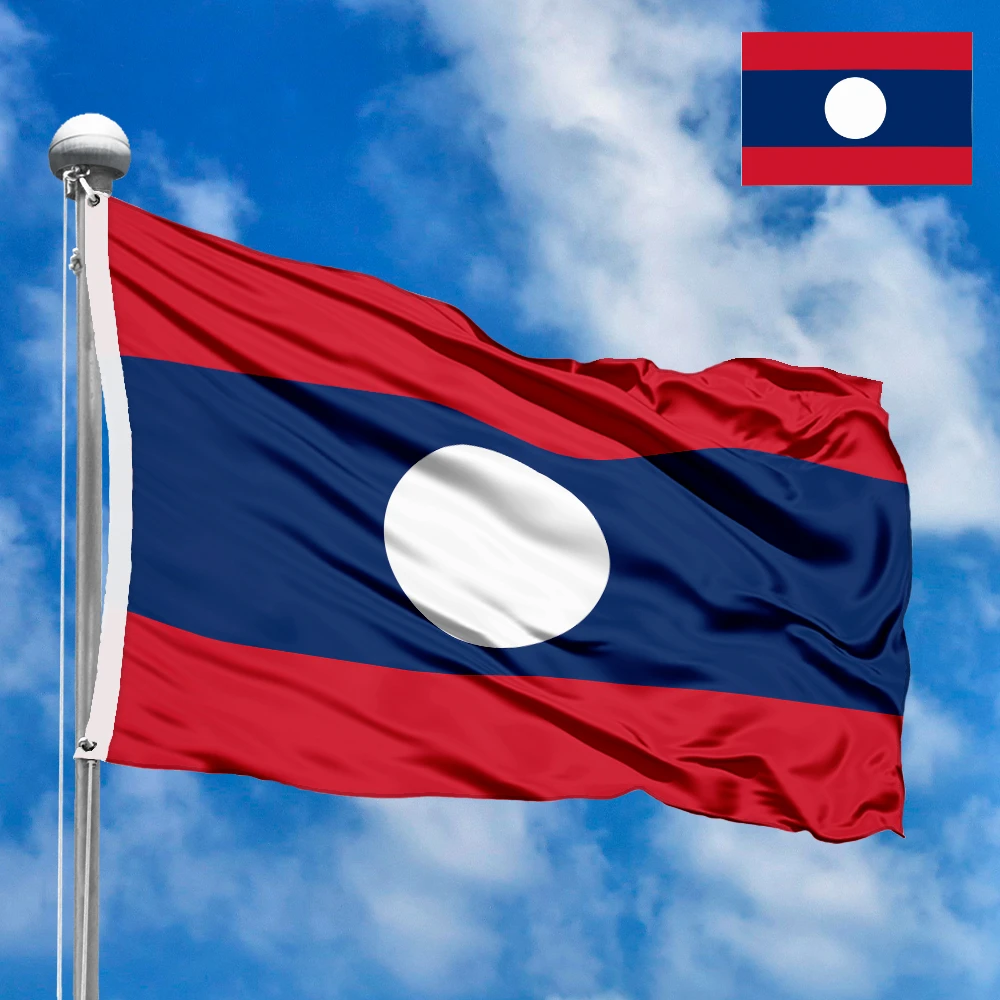



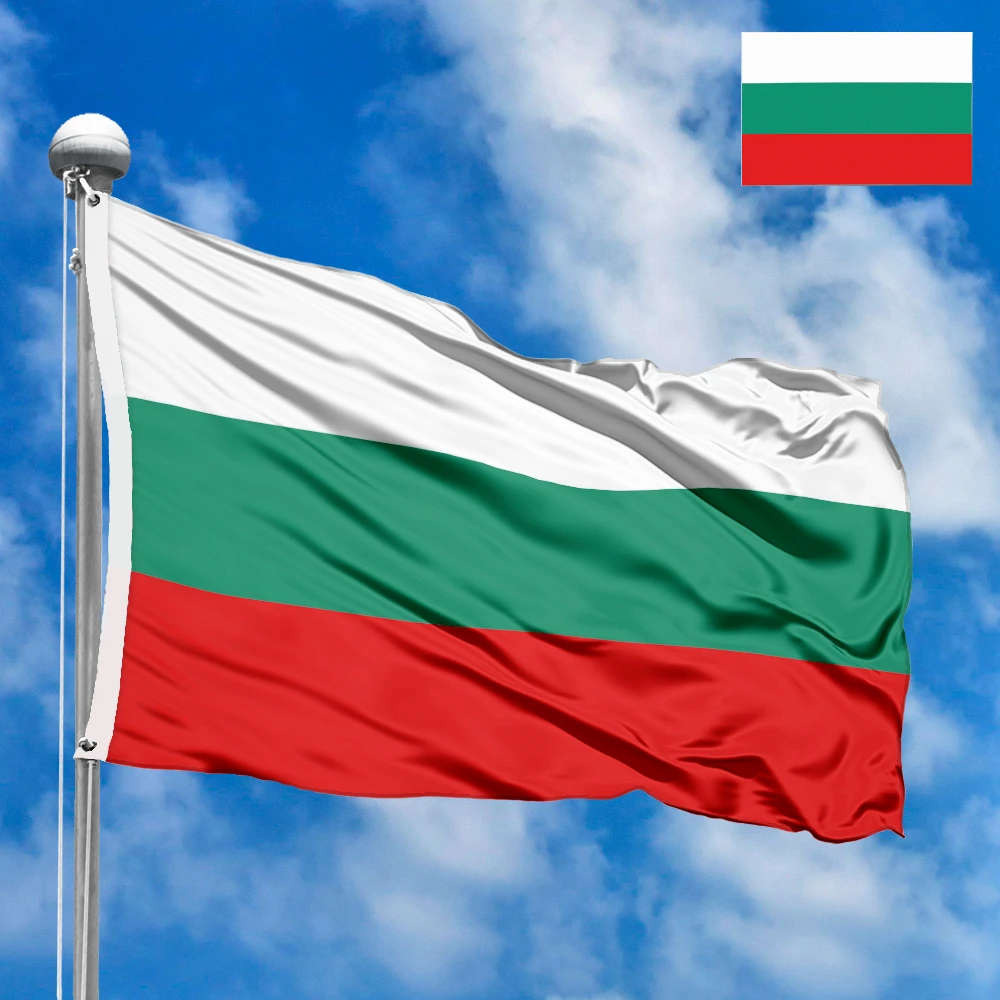







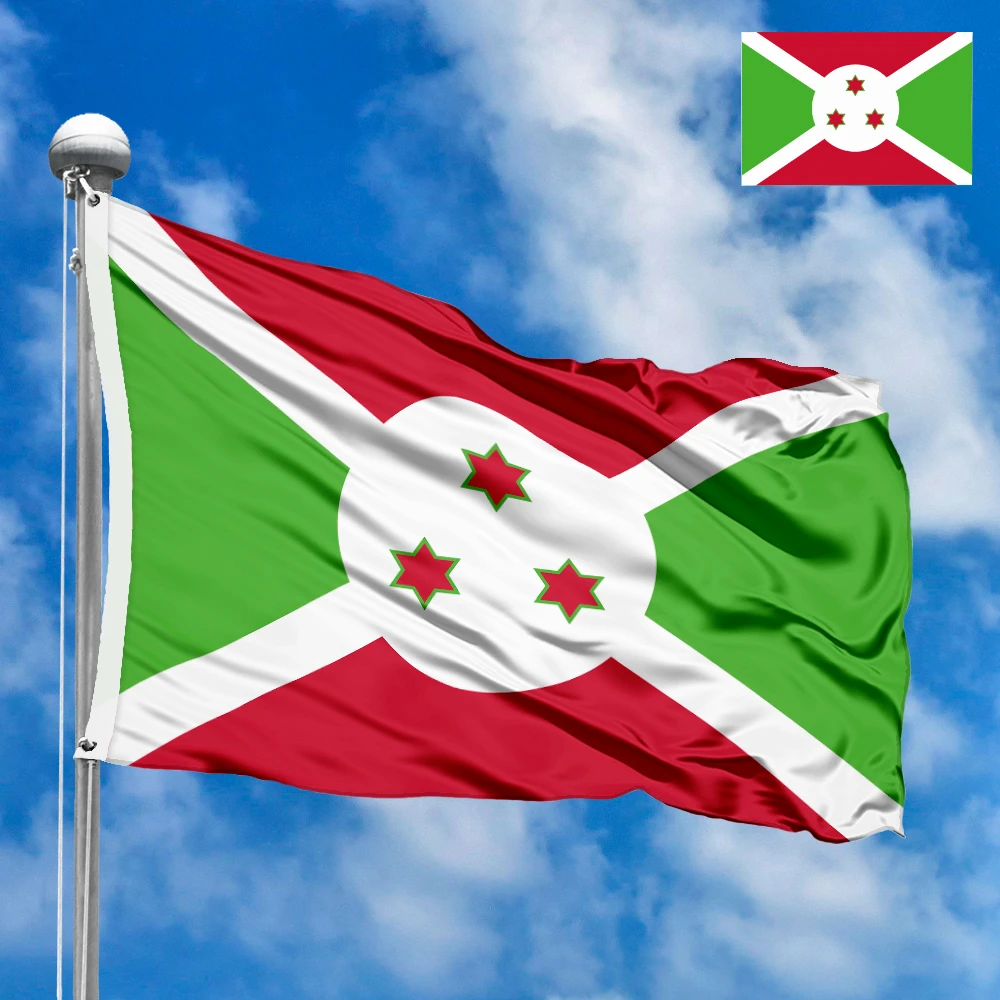



















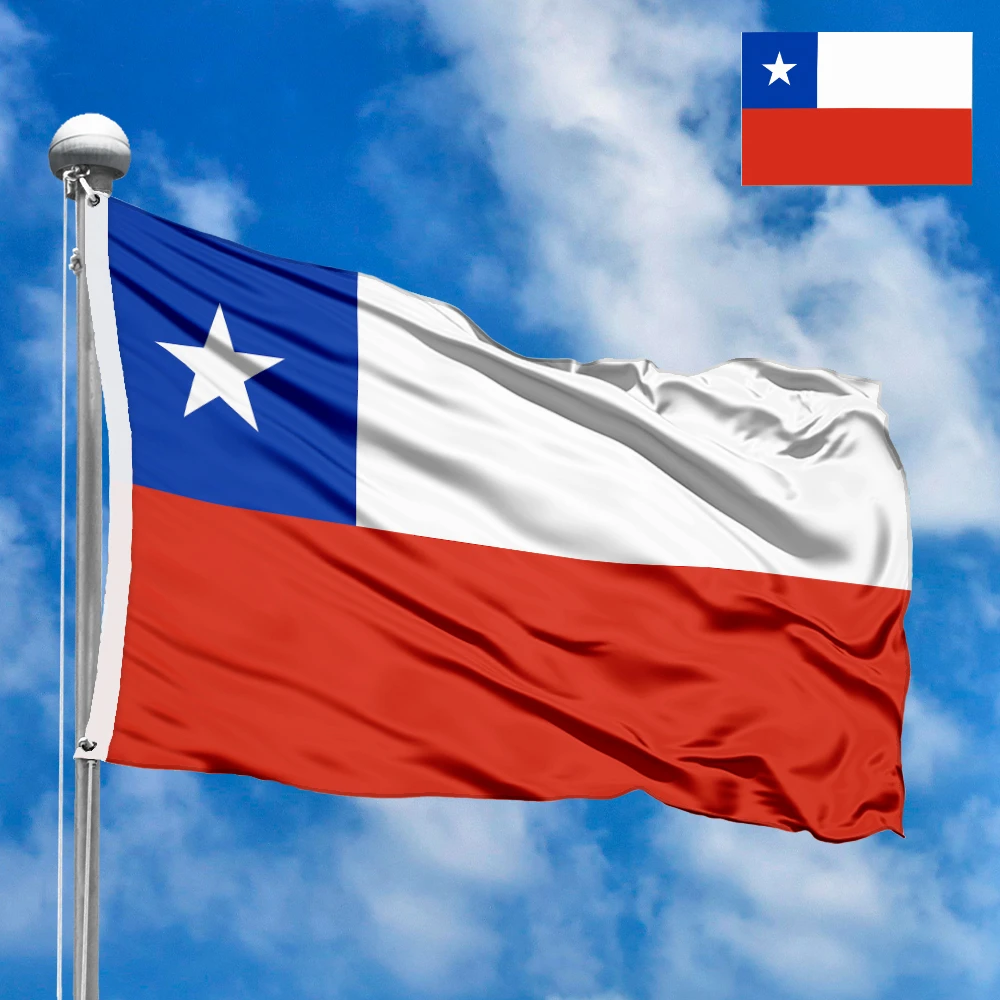







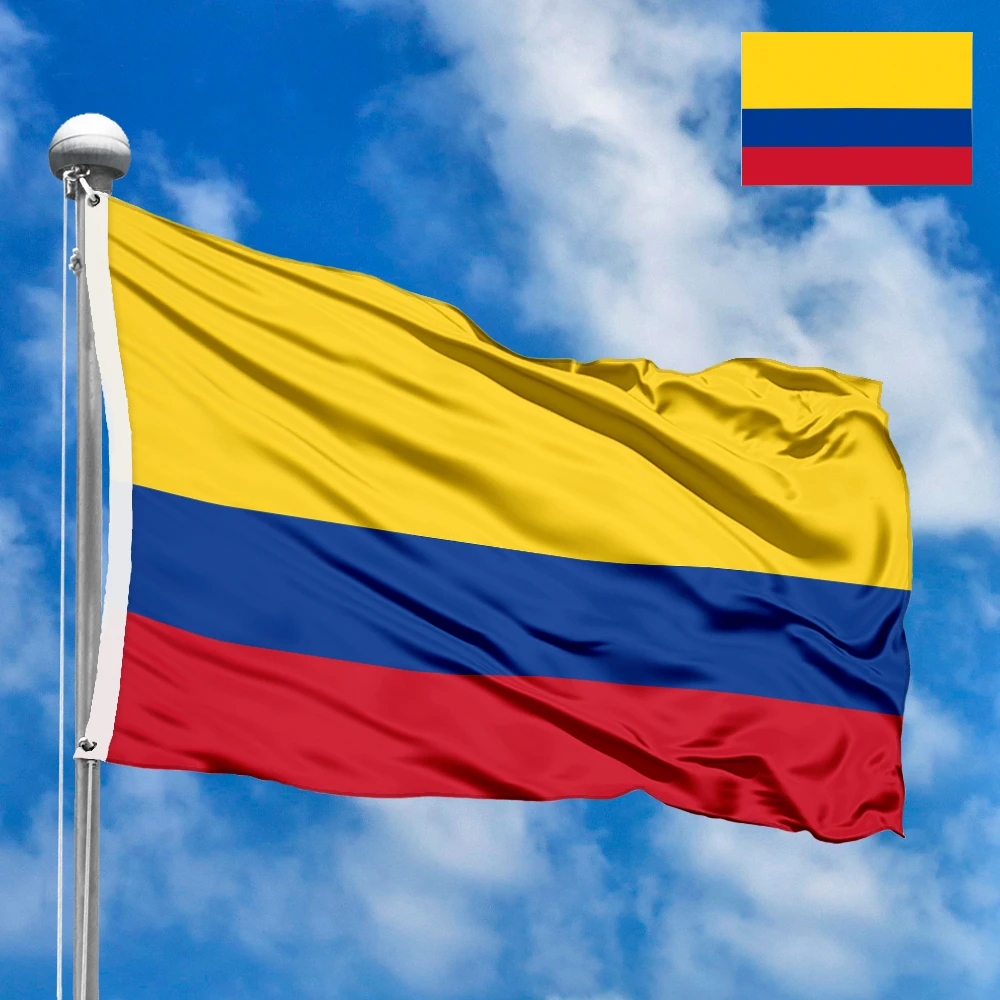







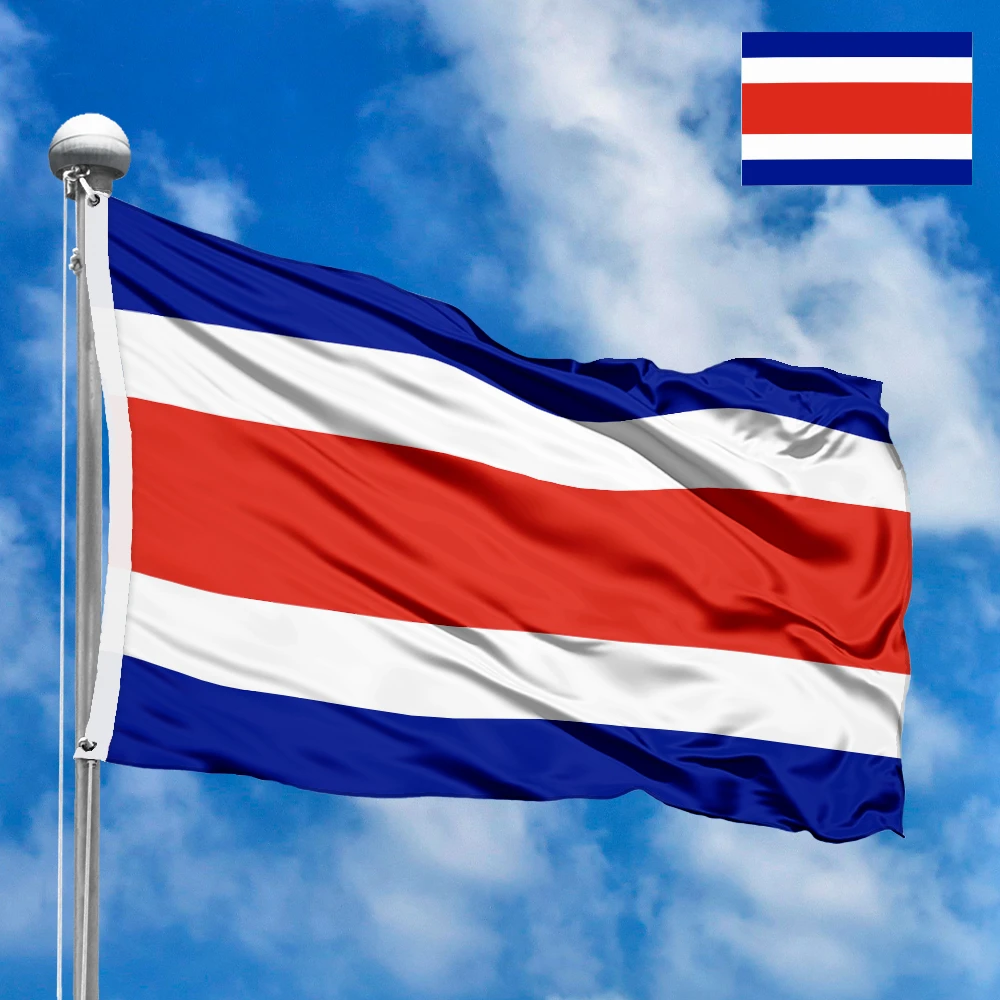



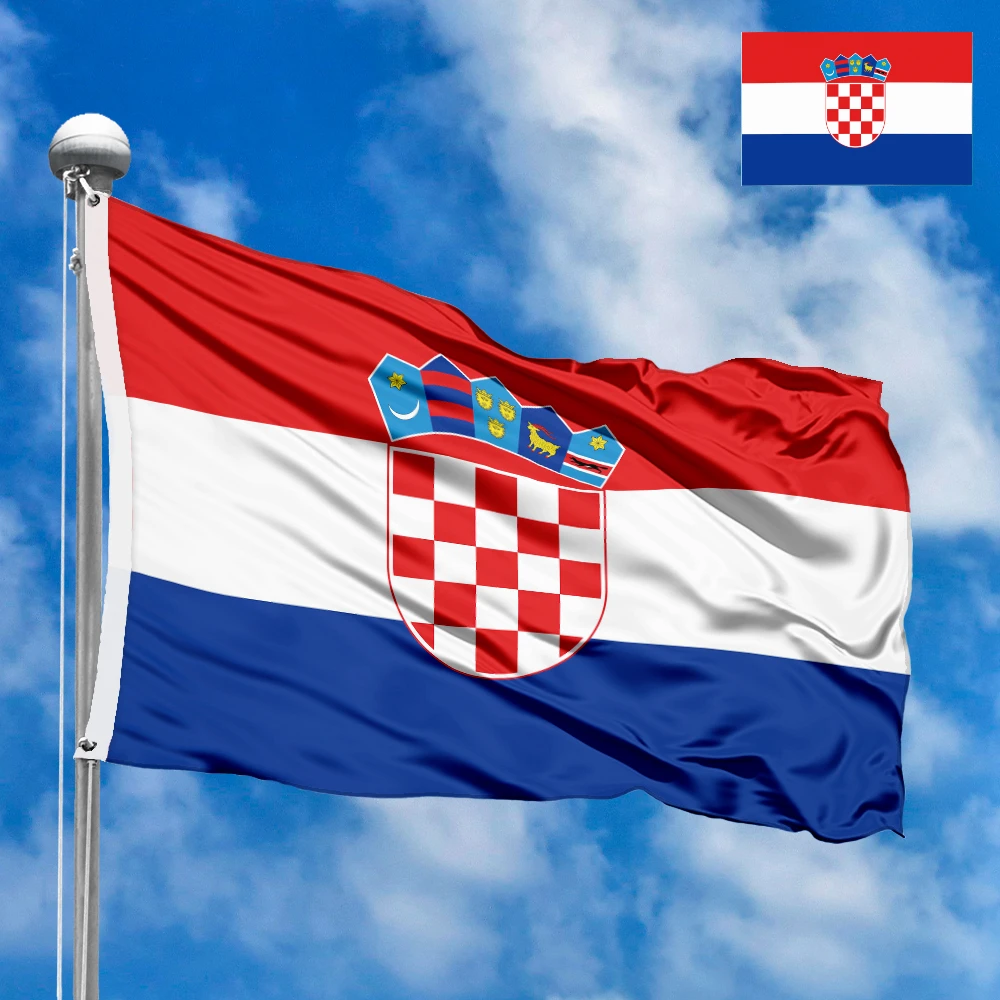



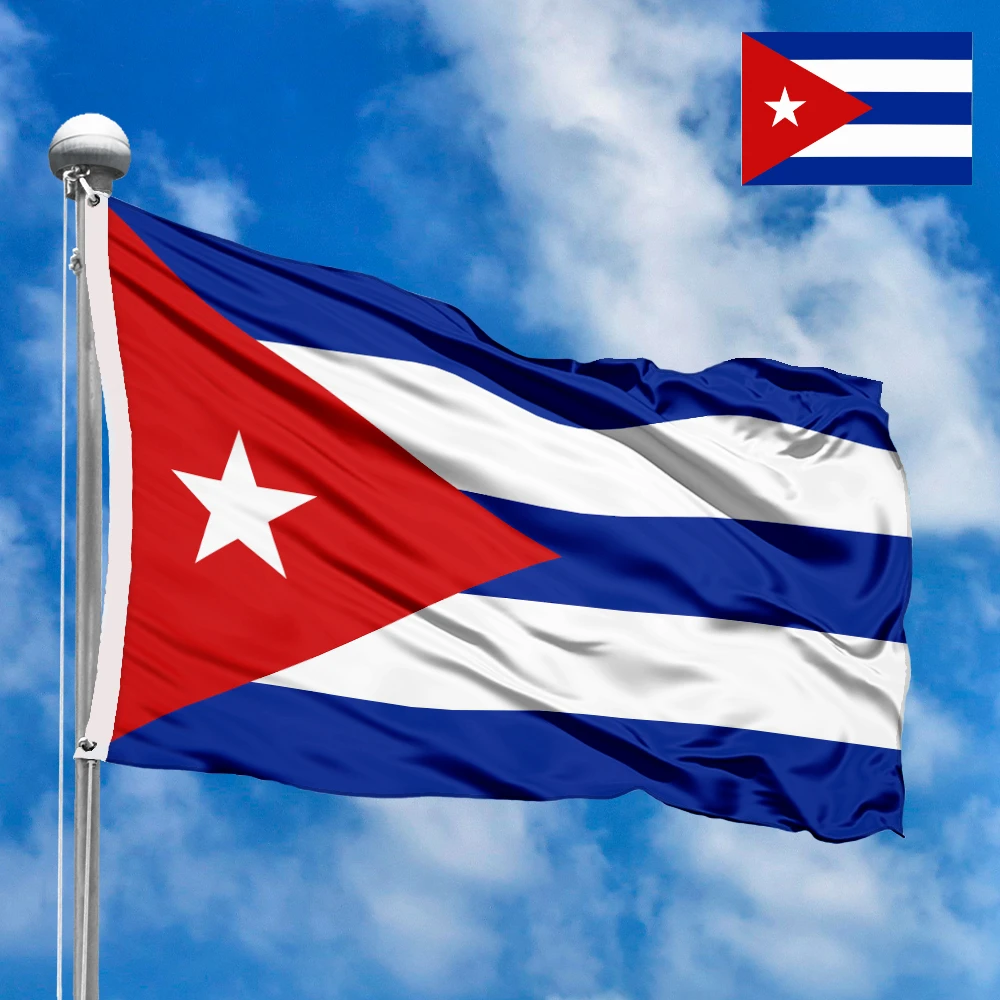











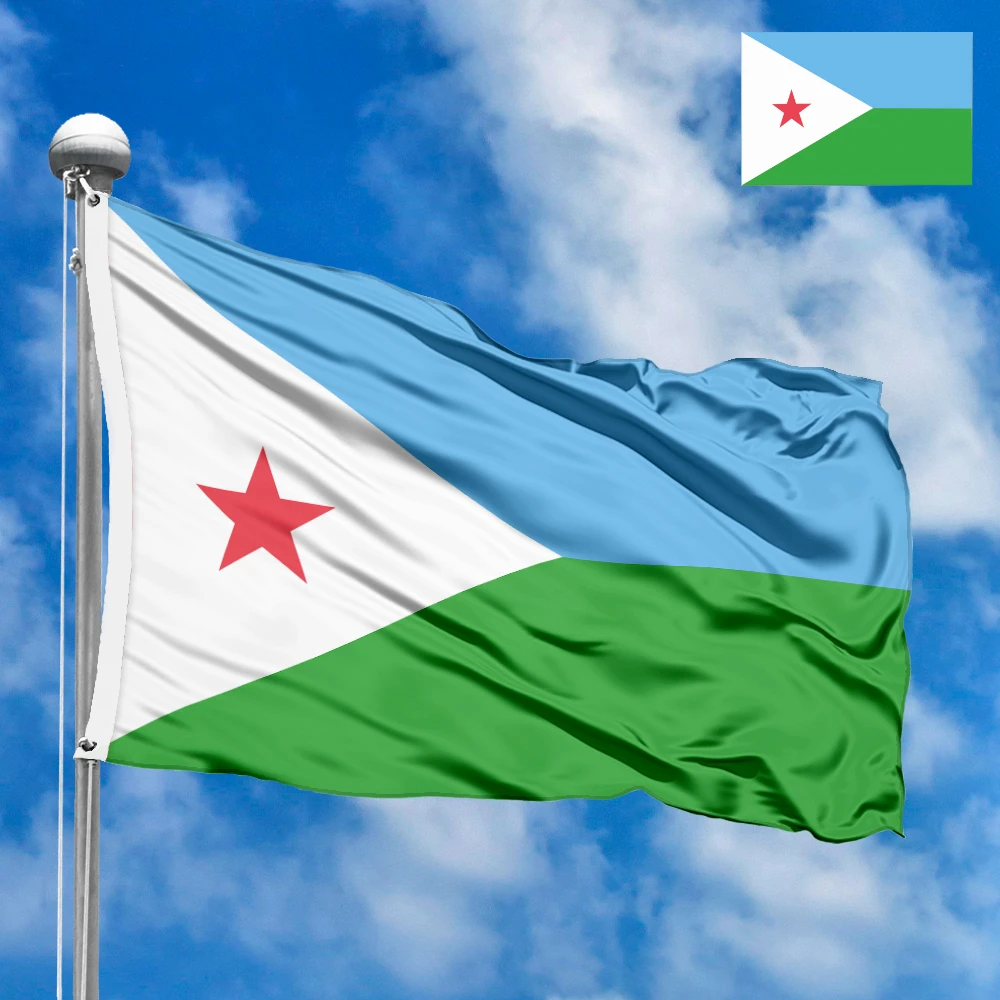



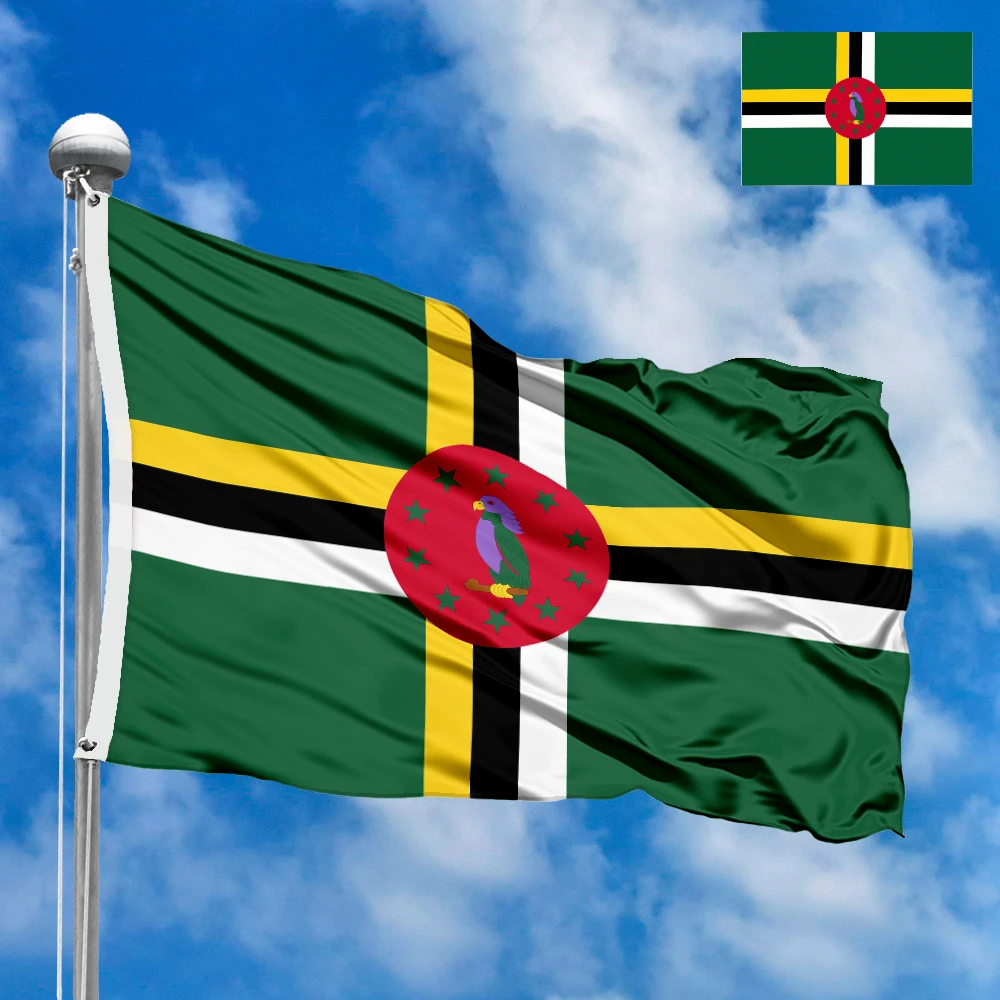











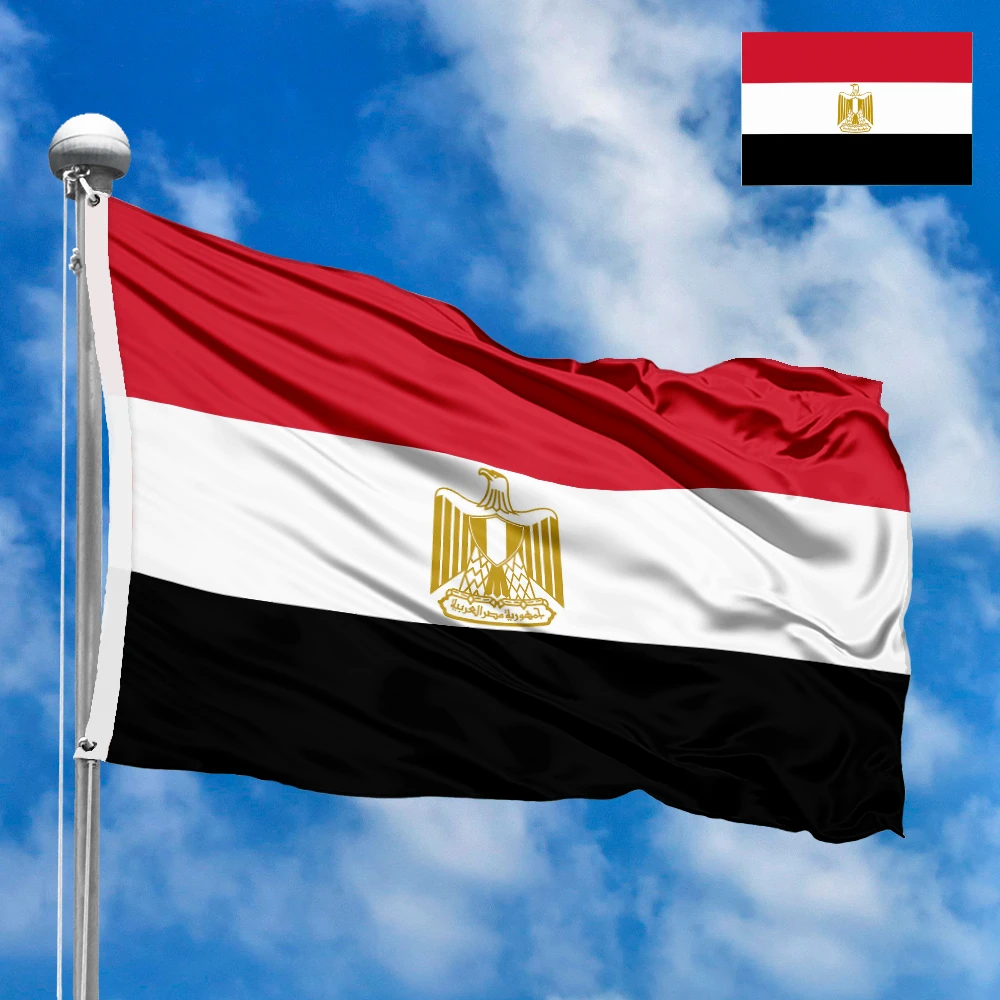



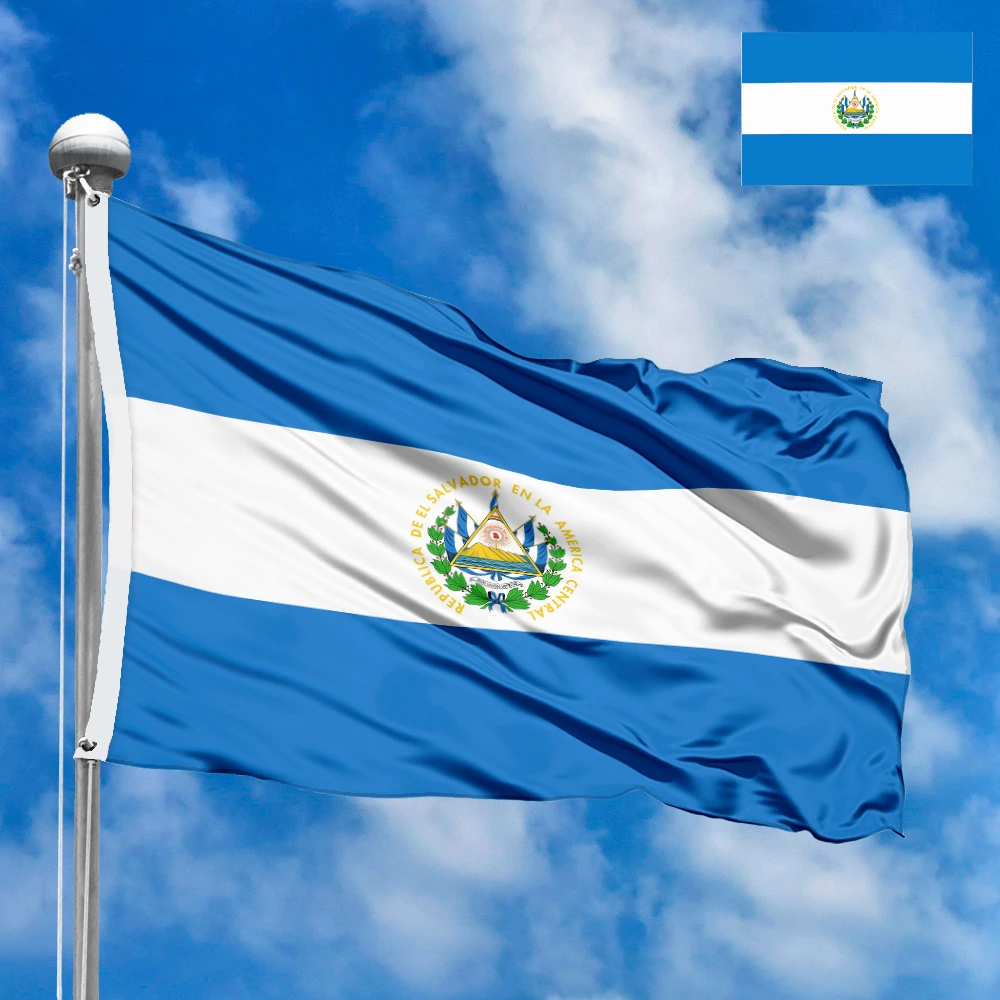



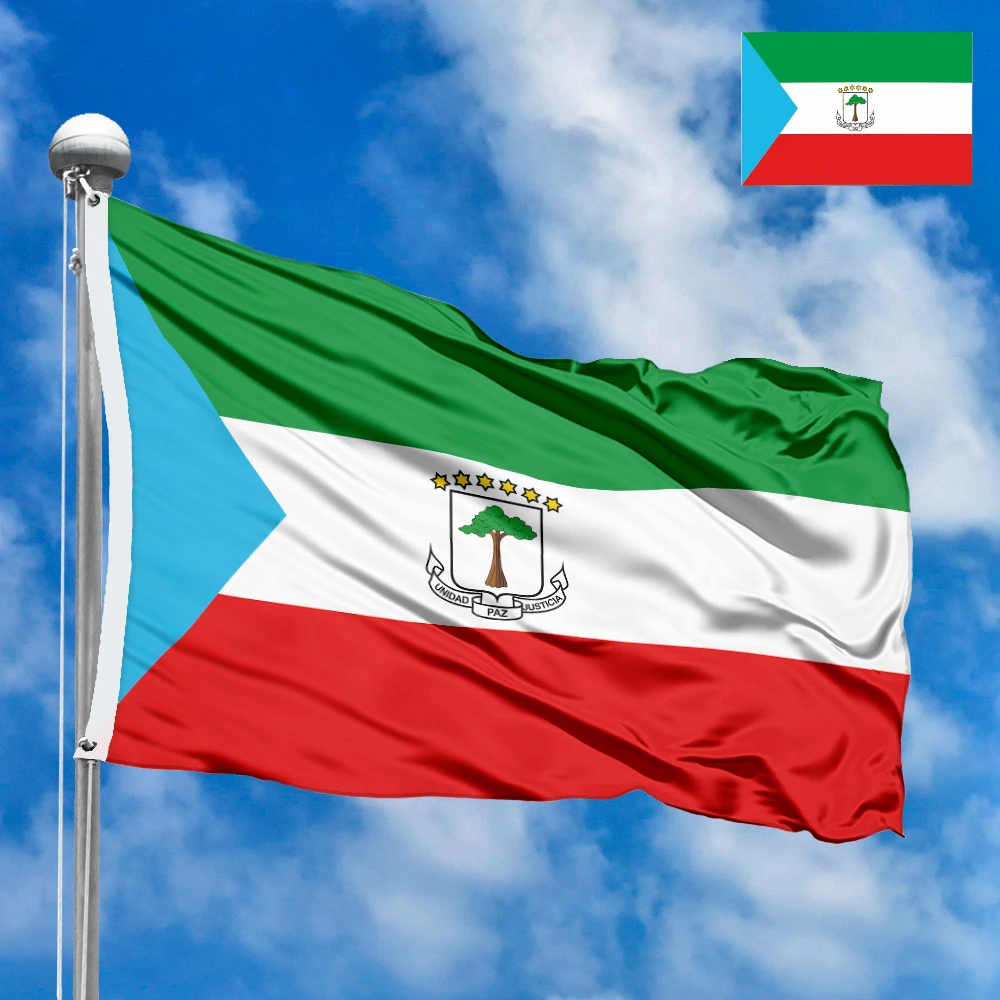



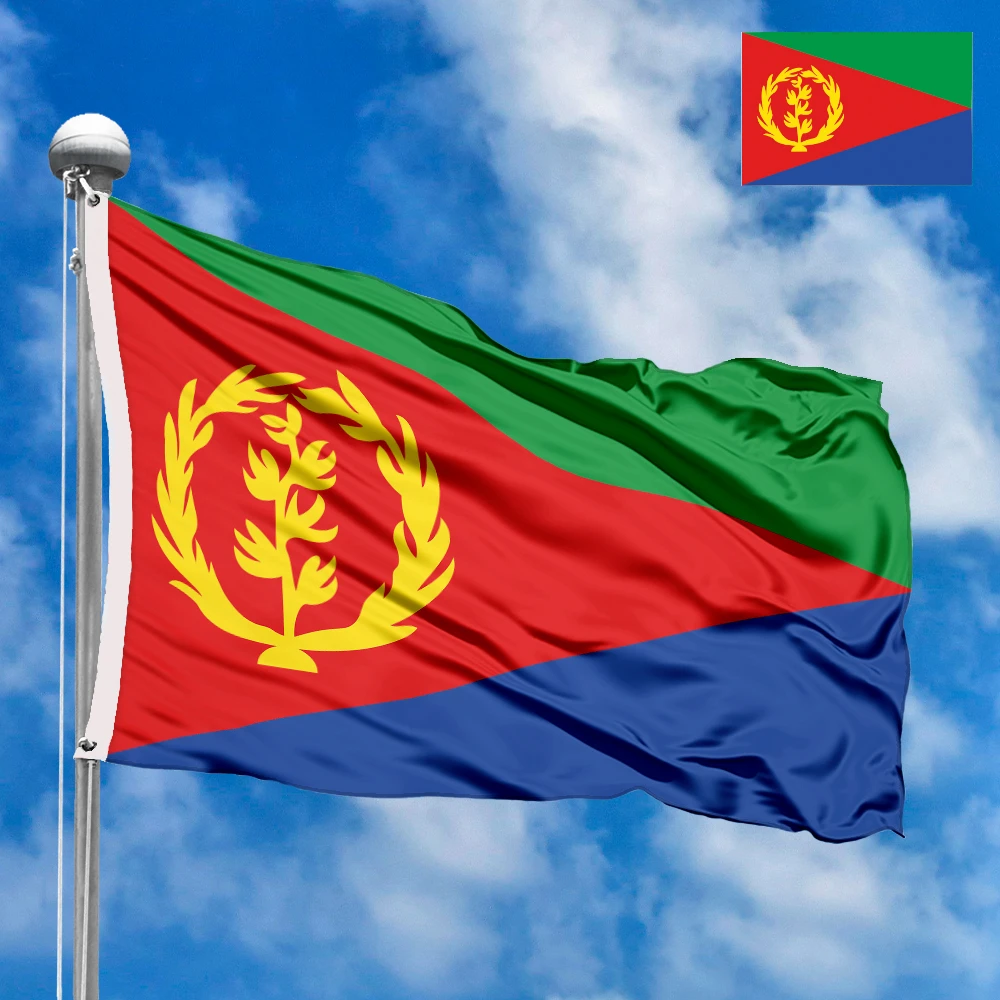




 Flags of Europe
Flags of Europe Flags of Asia
Flags of Asia Flags of Africa
Flags of Africa Flags of North America
Flags of North America Flags of South America
Flags of South America Flags of Australia and Oceania
Flags of Australia and Oceania Flags of Antarctica
Flags of Antarctica Flags of International Organizations
Flags of International Organizations LGBT Community Flags
LGBT Community Flags Historical Flags
Historical Flags Flags of the US States
Flags of the US States Ethnic flags
Ethnic flags